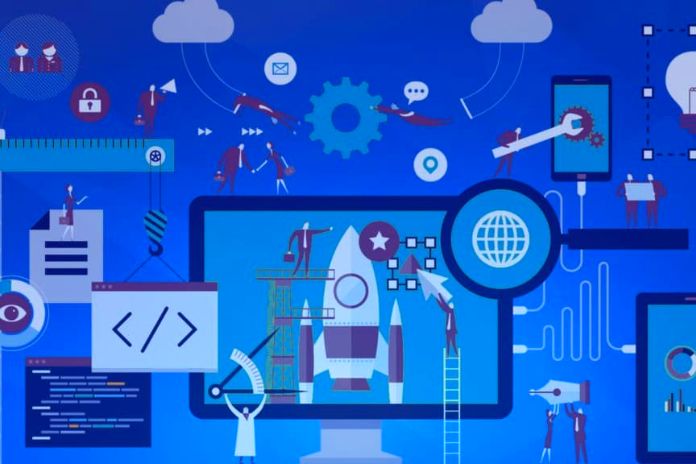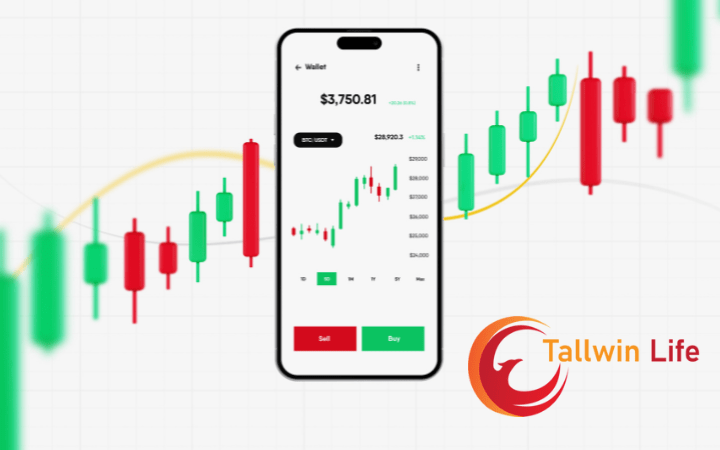What To Consider When Planning Digital Transformation?

A digital transformation plan is a long-term strategic plan focusing on integrated digital media channels, implementing new technologies, and intelligent digital ways of working.
Continue reading the article and learn about the steps to ensure your company is on the path to a successful digital transformation!
Identify Your Goals
A digital transformation strategy must provide a clear understanding of what your goals are and what steps are needed to achieve them.
As digital transformation is different for every organization, it’s important to note that each organization’s goals vary. But there are some primary goals that every business should consider:
- How can you improve the customer experience?
- How can you create a more efficient and cost-effective operation by adopting new technologies and processes?
- How can you become a company that can adapt and embrace change?
By asking yourself these questions, you can identify areas in your plan that require special attention or which components of your strategy should be addressed first.
Focus On The Customer Ecosystem
Digital transformation is all about leveraging digital tools to increase customer value. So, to have a successful digital transformation, everything you plan must consider customer needs.
For example, to provide more communication channels, combine customer management and communication in one place. Logging all emails and details of previously held conversations will allow you to manage better and cultivate customer relationships.
You must make the necessary transformations in-house if your customers want these digital interactions. Focus on the processes and technologies that enable digital change.
Establish New Processes
For some companies, digital transformation will require a complete overhaul of processes. To organize this change, it is critical to bring employees together to ensure that everyone understands the updates, who is responsible for what, and what systems are in place to support the team.
Choose Your Technology Wisely
You don’t need all the technologies to implement digital transformation successfully. Instead, choose technology that will support the processes you are optimizing. Decide what is most important to your organization and find the technology to meet your needs.
For example, you want:
- Standardize standard processes and workflows?
- Collaborate with customers and bring them into your workflow?
- Estimate time and budget to help make better-aligned decisions?
- Share customer data and trigger workflows?
Ultimately, the technology you select must align with your goals and help your organization achieve its goals.
Run Your Plan
An iterative digital transformation plan means a flexible schedule, and each stage of the journey can vary over time, anywhere from a week to a month. At the beginning of each week, get your team together and break your plan into actual questions.
Discuss progress on tasks, ensure you are working within scope, and assess any issues that may require adjustments to your plan.
By watching the process unfold, you can identify problems or opportunities for change for tremendous success. With each adjustment to your plan, take time to reflect on lessons learned so that you can come to future adjustments with an in-depth understanding of your new process.
What Are The Next Steps?
Digital transformation is a journey, not a race. To stay relevant in today’s market, your organization must be able to adapt to change, evolution and progress quickly.
Talking about transformation encompasses a lot, so we selected the main trends for companies looking to start their journey towards adapting to the digital age.
Data science and analytics have been Digital Transformation trends for a long time. Still, they will be increasingly used by companies looking to offer their customers more security and personalized experiences.
That’s because today’s world is made of data: it’s all over the place and being generated – in absurd amounts – all the time. Data that profiles people is an absolute gold mine for companies that want to survive in the digital age.
In this sense, analytics helps companies understand the best way to collect and extract relevant data, focusing on compliance with the law and customer safety. On the other hand, data science helps the company give context to this data and put strategies that use it to make bold decisions.
Also Read: What Are The Advantages Of Digital Transformation?






